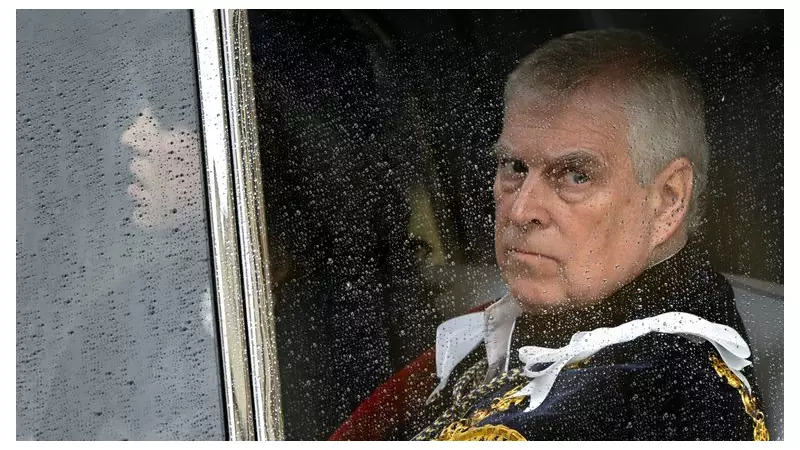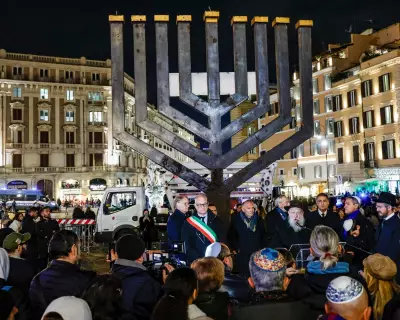
In a stunning development that signals a permanent shift in his royal status, Prince Andrew is being compelled to leave his long-term Windsor residence for a new life at the Sandringham estate. This dramatic relocation comes as Buckingham Palace issues an unprecedented statement confirming the Duke of York's effective exile from royal life.
The move represents the most significant consequence yet following the fallout from Andrew's association with convicted sex offender Jeffrey Epstein and the subsequent civil sexual assault case filed against him by Virginia Giuffre.
The End of an Era at Royal Lodge
For thirty years, the Royal Lodge in Windsor Great Park has served as Prince Andrew's primary residence, a lavish 30-room mansion that became synonymous with his position within the royal fold. Now, at 64 years of age, the Queen's second son faces the prospect of starting anew in far more modest accommodations.
Buckingham Palace's carefully worded statement confirms that the Duke will not be returning to Royal Lodge, with the property instead being prepared for alternative royal use. This decision effectively severs Andrew's last physical connection to his former working life as a senior royal.
Sandringham: A Royal Refuge or Gilded Prison?
The relocation to Sandringham places Andrew within the Norfolk estate that has long been a private sanctuary for the Royal Family. However, this move carries significant symbolism - far from the centres of royal power and public life, Andrew's new existence appears designed to keep him out of the spotlight permanently.
Sources indicate that Andrew will occupy a more modest five-bedroom property on the estate rather than the main Sandringham House, suggesting a dramatic downsizing from his previous 30-room Windsor mansion.
The Unravelling of a Royal Career
Prince Andrew's fall from grace has been both swift and comprehensive. The sequence of events that led to this moment includes:
- The disastrous 2019 BBC Newsnight interview about his friendship with Jeffrey Epstein
- Being stripped of his military affiliations and royal patronages in 2022
- His settlement of the Virginia Giuffre lawsuit without admission of liability
- Being effectively barred from performing any official royal duties
This relocation to Sandringham represents the final chapter in that unravelling, closing the door on any possibility of rehabilitation within the royal establishment.
What This Means for the Monarchy's Future
The Palace's decisive action demonstrates King Charles III's determination to streamline the monarchy and distance the institution from controversial figures. By removing Andrew from his Windsor base and relocating him to a more remote royal property, the King has drawn a clear line under his brother's troubled royal career.
This move also raises questions about the future use of Royal Lodge, with speculation mounting about which royal family member might eventually occupy the significant property as the monarchy continues to evolve under Charles's reign.
The relocation underscores the monarchy's ongoing effort to balance family loyalty with institutional preservation, demonstrating that even those born closest to the throne are not immune to consequences when the reputation of the Crown is at stake.





